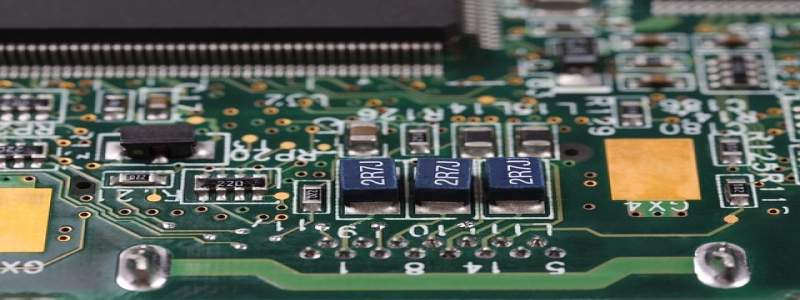Ethernet SerDes
Introduction:
Ethernet SerDes (Serializer/Deserializer) is a crucial component in modern networking systems. It is responsible for the conversion of parallel data into a serial data stream and vice versa. This article will provide a detailed explanation of Ethernet SerDes, its functionality, and its importance in ethernet communication.
1. What is Ethernet SerDes?
Ethernet SerDes is a chip or IP core used in networking systems to transmit and receive data over Ethernet connections. It acts as a bridge between the traditional parallel data interface and the serial interface required for ethernet transmission. SerDes technology is widely used in high-speed data communication applications and plays a vital role in ensuring efficient and reliable ethernet communication.
2. Functionality of Ethernet SerDes:
The primary function of Ethernet SerDes is to convert parallel data into a serial data stream before transmission and to convert the received serial data stream back into parallel data. It performs this conversion using encoding and clock recovery techniques. The functionality of the Ethernet SerDes can be summarized as follows:
– Parallel to Serial Conversion: The SerDes chip takes a parallel data input and converts it into a continuous serial data stream. This conversion is necessary for transmission over the ethernet medium, which typically uses a high-speed serial interface.
– Serial to Parallel Conversion: When receiving data, the SerDes chip converts the received serial data stream back into parallel data format. This conversion allows the data to be processed by the receiving device.
– Encoding: The Ethernet SerDes encodes the parallel data using a specific encoding scheme to ensure reliable transmission. It may use techniques such as 8B/10B or 64B/66B encoding to achieve this. Encoding helps in error detection and correction during transmission.
– Clock Recovery: Ethernet SerDes extracts the clock signal embedded in the received serial data stream. This clock signal is crucial for synchronous data processing. Clock recovery ensures that the data is correctly sampled and synchronized at the receiving end.
3. Importance of Ethernet SerDes:
Ethernet SerDes is essential for several reasons:
– Increased Bandwidth: By converting parallel data into a serial data stream, Ethernet SerDes enables high-speed transmission over ethernet connections. This leads to increased bandwidth and allows for faster data transfer rates.
– Compatibility: Ethernet SerDes acts as a bridge between traditional parallel interfaces and serial interfaces. It allows equipment designed for parallel interfaces to communicate seamlessly with devices using ethernet connections.
– Signal Integrity: SerDes technology minimizes signal degradation and interferences during transmission. It incorporates equalization techniques to compensate for transmission losses and maintain signal integrity.
– Error Prevention: The encoding and decoding process implemented by Ethernet SerDes helps in error detection and correction. It enhances the reliability of data transmission by minimizing the risk of data errors.
Conclusion:
Ethernet SerDes is a crucial component in modern networking systems that enables efficient and reliable ethernet communication. Its ability to convert parallel data into a serial data stream and vice versa, along with its encoding and clock recovery functions, ensures high-speed transmission, compatibility, signal integrity, and error prevention. Understanding the functionality and importance of Ethernet SerDes is essential for anyone involved in the design and implementation of ethernet-based networks.








